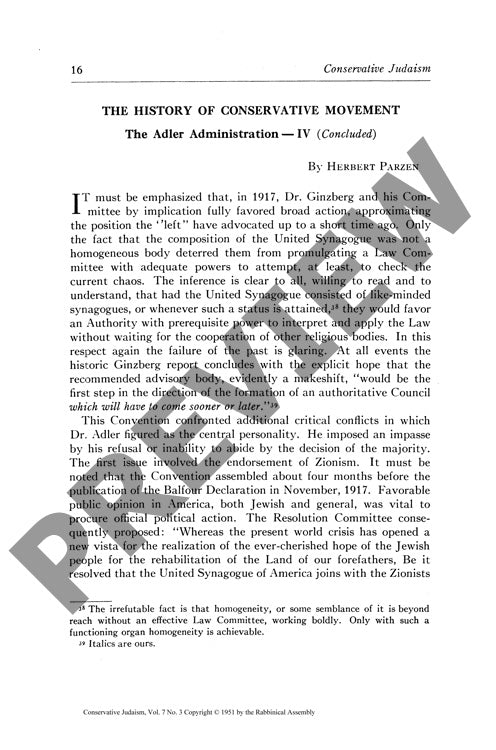The History of Conservative Movement The
Couldn't load pickup availability
A pivotal leadership crisis in 1917 marked the end of Cyrus Adler's presidency of the Conservative Jewish movement, revealing deep ideological fissures that would shape the movement's future trajectory. When the United Synagogue voted to support Zionism and join the American Jewish Congress against his wishes, Adler resigned, citing fundamental disagreements with the organization's new direction. Analysis of United Synagogue convention records and Adler's personal statements illuminates how two major controversies exposed the movement's institutional fragility. Despite Dr. Ginzberg's Committee advocating for expanded halakhic authority that year, the movement's diverse composition prevented the creation of an effective Law Committee capable of addressing mounting religious uncertainties. The archival evidence demonstrates that Adler's administrative style, while instrumental in establishing foundational Jewish institutions, proved incompatible with Conservative Judaism's increasingly democratic and passionate evolution. His legacy ultimately emerged as "contributive but not controlling" - significant in institutional development but misaligned with the leadership qualities the movement required during this critical period of transformation.

More Information
-
Physical Description
-
Publication Information
Published 1951
ISBN
-
Publication Credits
Herbert Parzen

